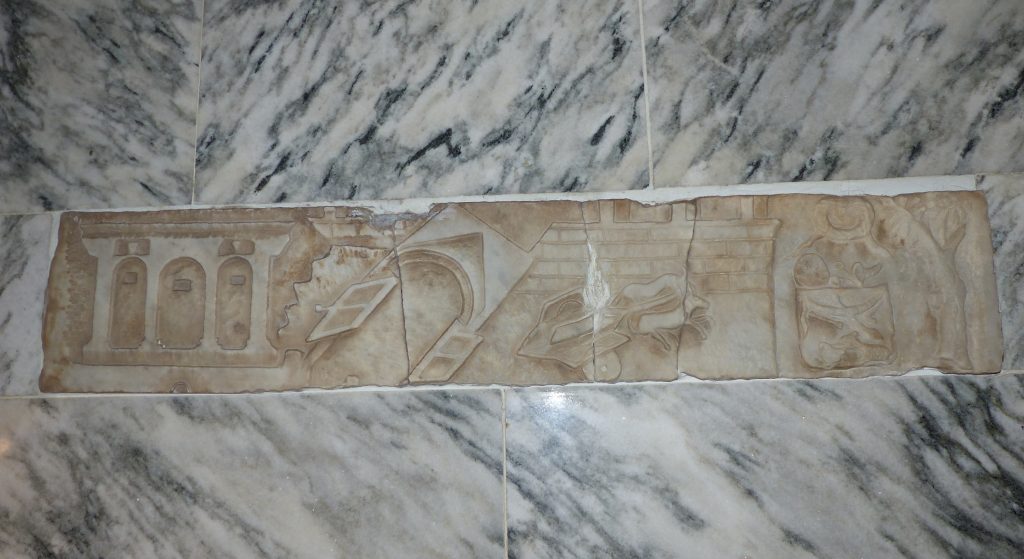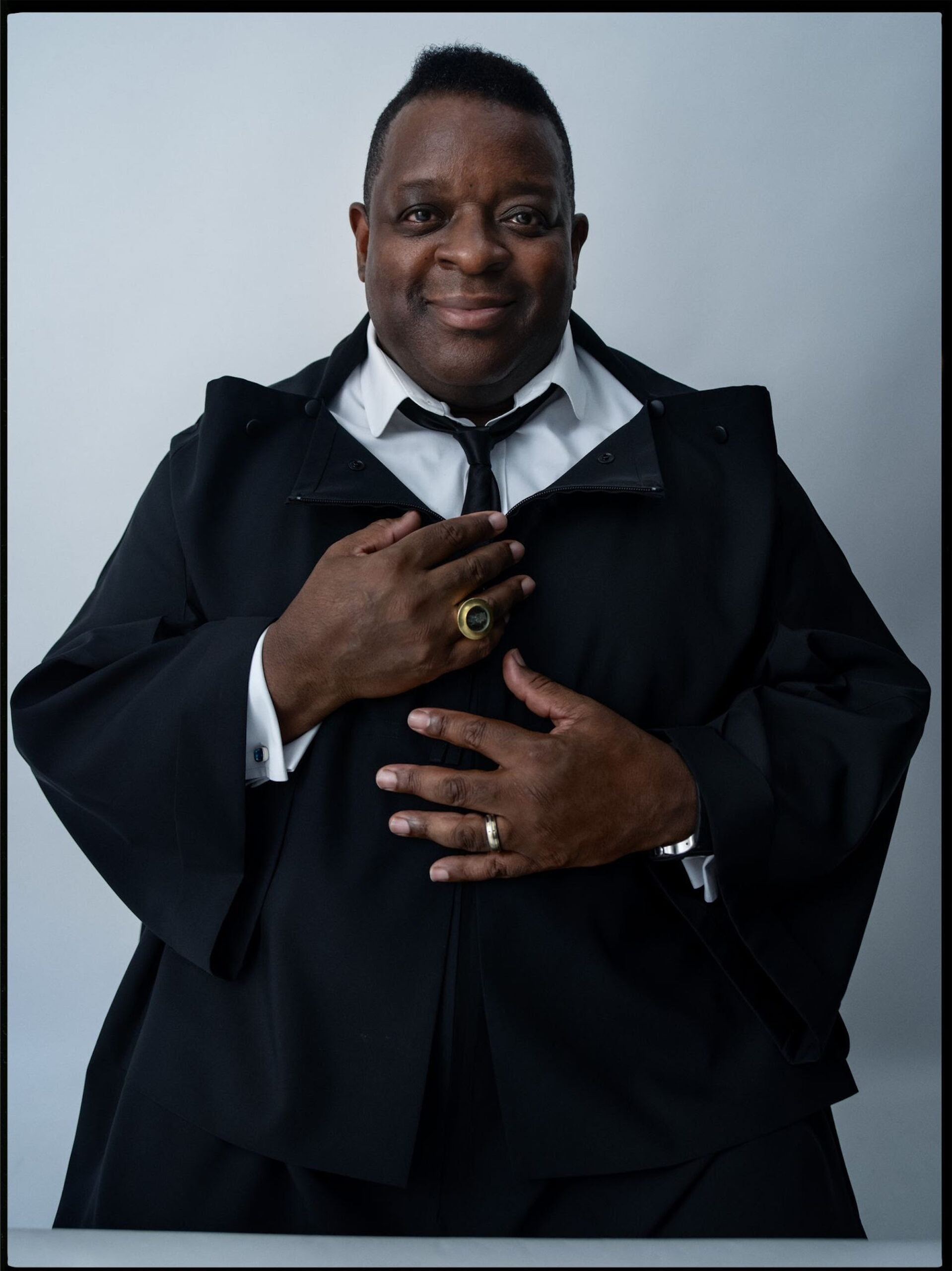The Dragon is the Frame
2014 - Film & Video (Film & Video)
14:00 minutes
Mary Helena Clark
The Dragon is the Frame by Mary Helena Clark is an elegy that is somewhat paradoxically organized as a film noir or murder mystery, one that pays direct homage to Hitchcock’s Vertigo . But the parts don’t fit, and it is only in the eventual recognition of this faux raccord that Clark’s higher purpose becomes apparent. As we hear Bernard Herrmann’s score, we see the Golden Gate Bridge, Mission Dolores, and other Vertigo locations in the present day. But they are only fragments, and Clark pays particular attention to their details, like the rivets and suspension cables on the bridge. We also see close-up details of women’s fashion, such as an entire screen filled with an undulating hounds-tooth pattern, and several scenes superimposed with broad bands of sequins, a dress that recalls those displayed in Kenneth Anger’s masterpiece Puce Moment. In the midst of these elusive (and allusive) shards of memory, Clark provides images of her actual subject: Mark Aguhar, the late transgender/race activist whose assertions of brown-femme pride in her Tumblr blog and art exhibitions provided inspiration to so many, not just the “gurls” who were her target audience. Clark’s tribute is a reckoning with the fact that, despite Aguhar’s messages of body-positivity and self-worth, she took her own life at age 24. By invoking Vertigo and adopting the outward framing and organization of a detective story, Clark problematizes the “verdict” of suicide, implicitly indicting the white heteronormative psychosis embodied in Hitchcock’s film as Aguhar’s killer. (Aguhar’s own words: “It’s that thing where you grew up learning to hate every aspect of yourself and unlearning all that misery is really hard to do.”) In this regard, The Dragon is the Frame —which takes its title from one of Aguhar’s exhibits—pays homage to an activist and pioneer, celebrating Aguhar’s beauty and power. But it is also a reminder of the difficulty in being a gender outlaw in a society intent on throwing you away.
Mary Helena Clark is an artist working in film, video, and installation. Her work uses the language of collage, often bringing together disparate subjects and styles that suggest an exterior logic or code, to explore dissociative states through cinema. s films explore invented spaces and hyperreal landscapes. She manipulates visual and sonic fields to mysterious effect, with fractured slices of sound and image serving as clues to narratives that are just out of reach. Working with quotation, the materiality of film, and incongruous sound/image relationships, Clark’s recent work explores shifting subjectivities and the limits of the embodied camera. Her films encompass a wide range of techniques including collage, performance, and direct observations of the natural world. Their subtle nature invites viewers to collaborate in seeking out meaning from mysteries that have been forged from a diversity of elements.
Colors:
Other related works, blended automatically
» see more

© » KADIST
Mary Helena Clark
2017By testing the limits of identification with the camera’s point of view, Delphi Falls cycles through multiple subjectivities...
Related works sharing similar palette
» see more

© » DIANE PERNET
Dutch Emerging: Ruben Janssen X GRA Fashion Bachelor 2023 – A Shaded View on Fashion From the back to the middle and around again — Ria’s wedding dress, Alan’s patterns and John’s model: ‘My project is an investigation into evolution, explored through prisms of biology, computation and a poetic personal narrative, shifting between timescales on an evolutionary timeline...

© » KADIST
John Gerrard
2016Flag (Thames) 2016 depicts a small section of the Thames River—one that is adjacent to the Palace of Westminster in London—as an algorithmic representation on an LED panel...
Other works by: » Mary Helena Clark
» see more

© » KADIST
Mary Helena Clark
2017By testing the limits of identification with the camera’s point of view, Delphi Falls cycles through multiple subjectivities...






